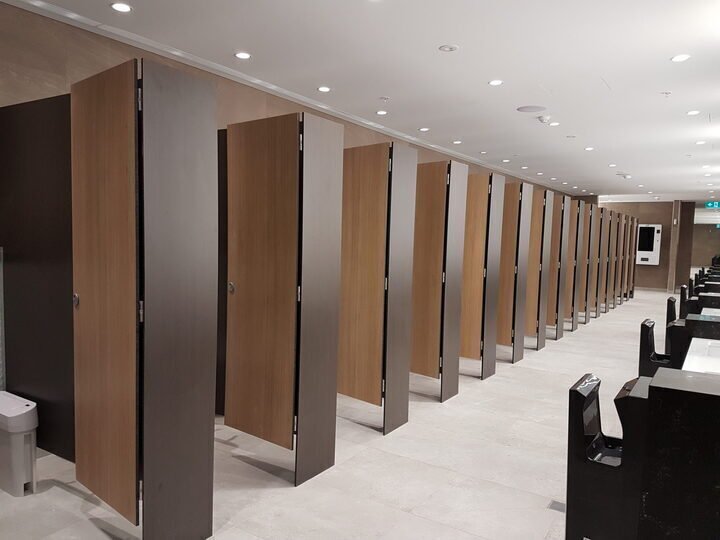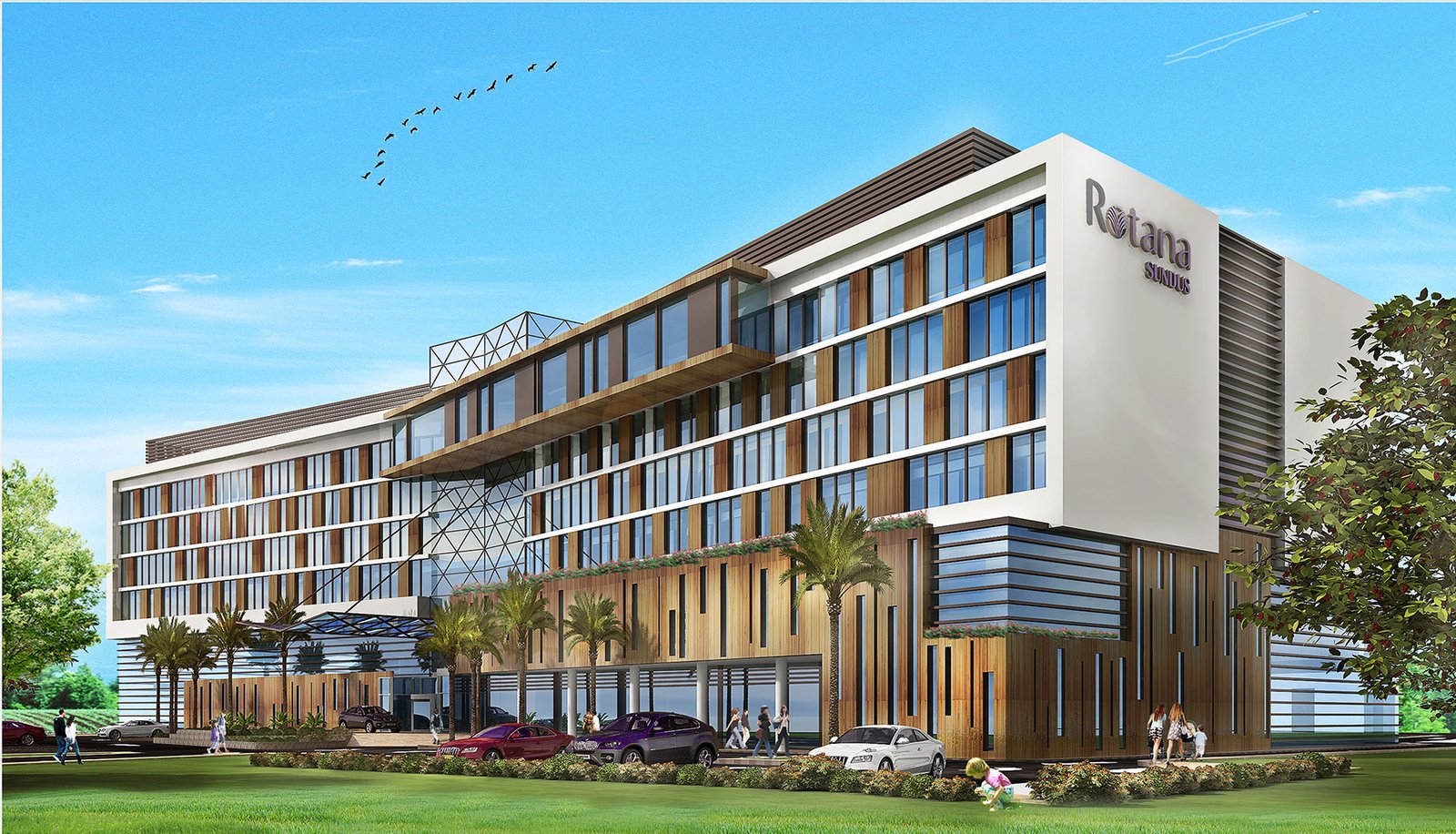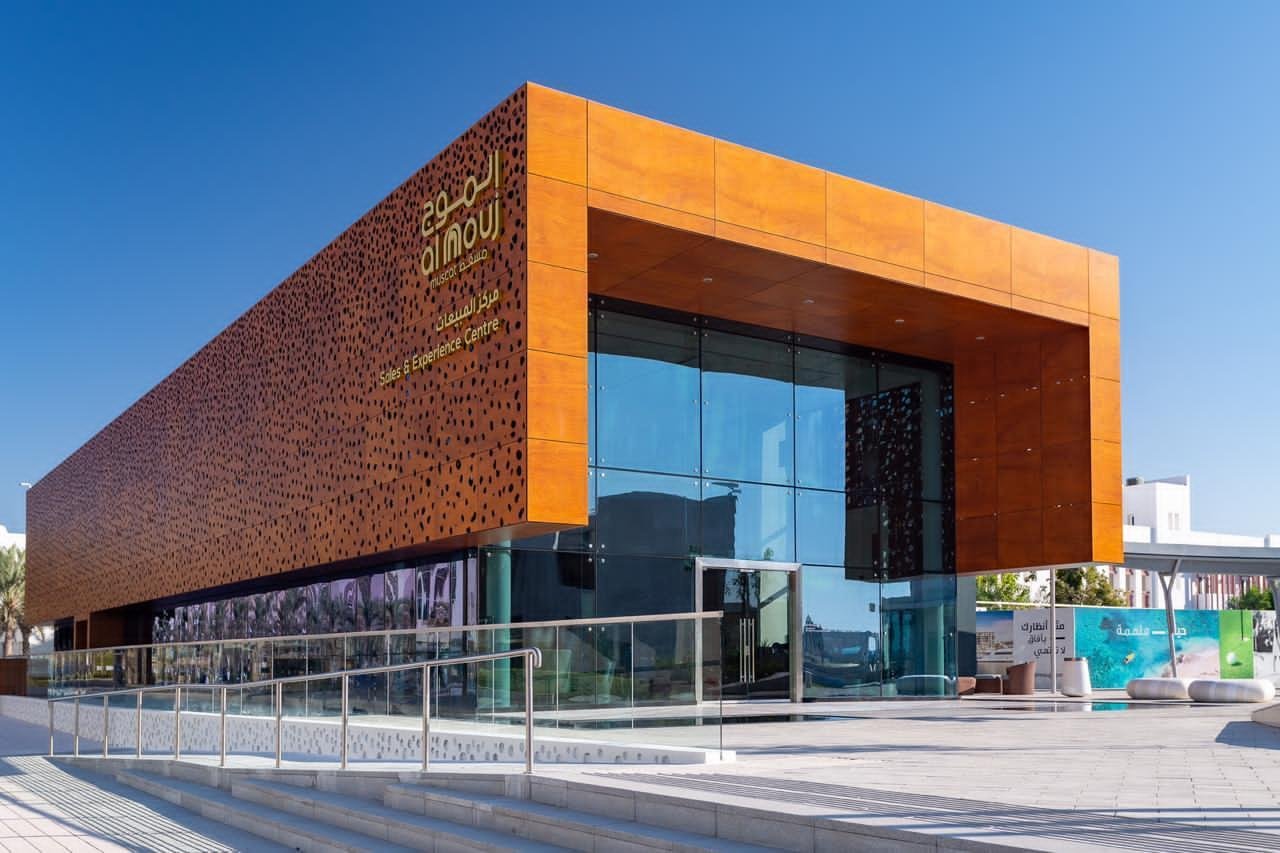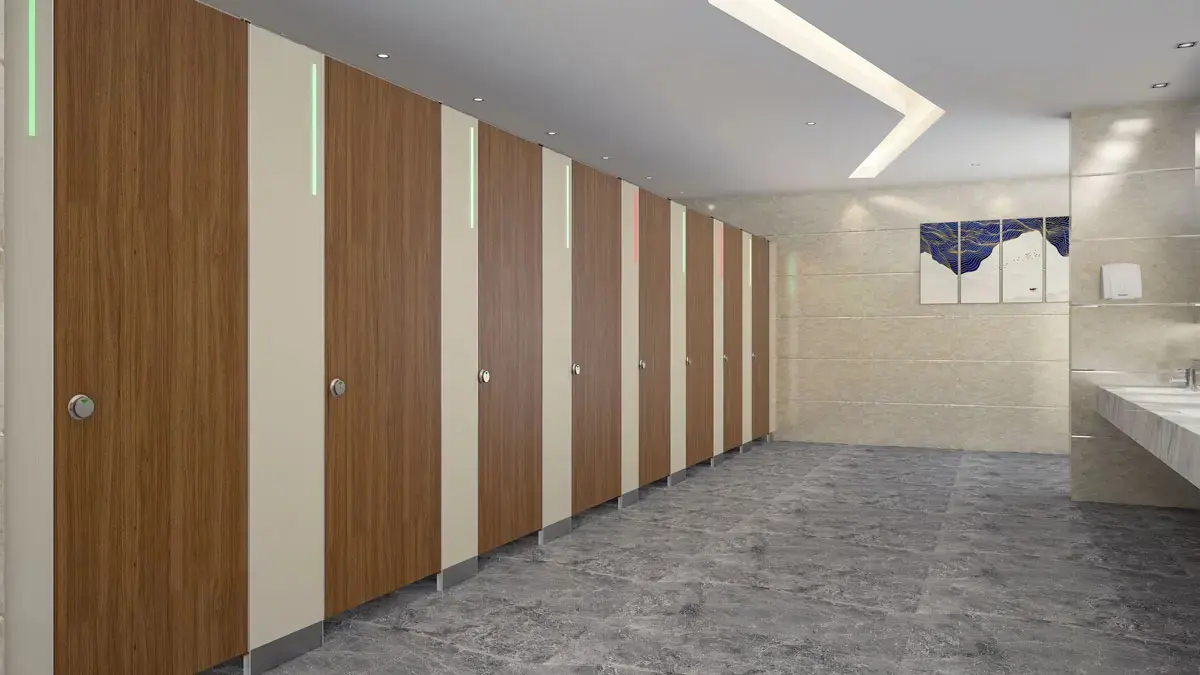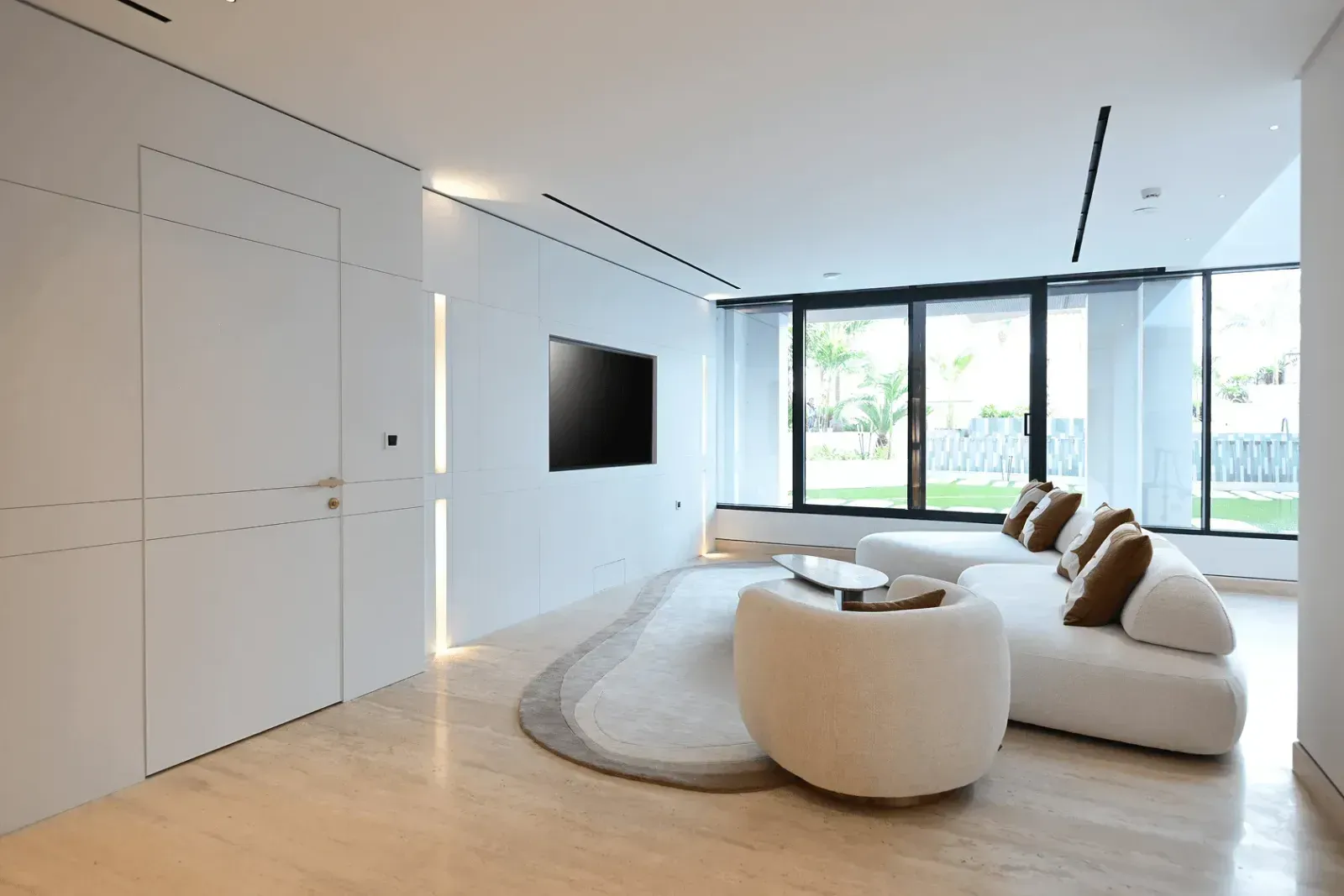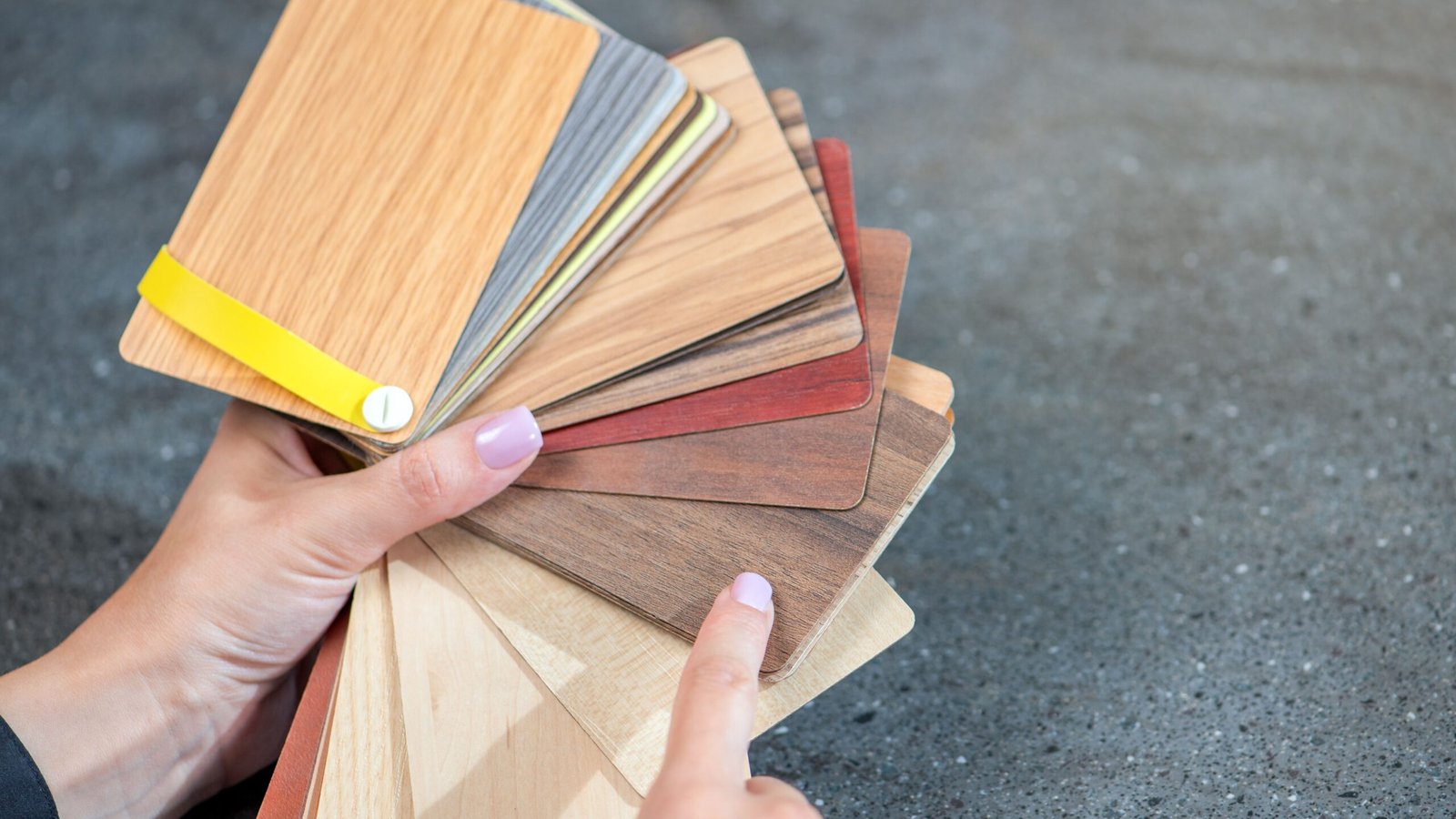
HPL Lockers vs Wooden and Metal Lockers | Why HPL Wins in Oman
HPL Lockers vs Wooden and Metal Lockers | Why HPL Wins in Oman In Oman’s schools, gyms, and public facilities, lockers face constant use, high humidity, and strict hygiene demands. The material you choose can decide whether your lockers last for decades—or need replacement after a few years. While wooden and metal lockers were popular in the past, modern facilities are shifting toward HPL (High Pressure Laminate) lockers. Why? Because HPL outperforms both wood and metal in every important category: durability, hygiene, design, and long-term cost efficiency Why HPL Lockers Lead the Market 1. Durability Built for Heavy Use HPL lockers are impact-resistant and maintain their structure even under daily wear and tear in busy environments. Wooden lockers, by contrast, warp and crack. Metal lockers dent easily and lose shape after repeated use. See how HPL Panels dominate in durability. 2. Complete Moisture Resistance In Oman, humidity is a serious problem. Wooden lockers absorb moisture, swell, and eventually rot. Metal lockers rust and corrode, especially in coastal regions.HPL lockers? Zero swelling, zero rusting, zero problems. Hygiene and Safety HPL’s non-porous surface makes it resistant to bacteria, mold, and odors. This is crucial in gyms, schools, and hospitals. Wood, being porous, traps bacteria and smells. Metal lockers, while less porous, still corrode and create sharp, unsafe edges when rusted. For other hygienic applications, see why HPL laboratory furniture is the best choice for schools and research facilities. Design and Aesthetic Superiority HPL Lockers: Dozens of colors, woodgrains, and custom finishes. They can blend into modern interior designs or stand out with bold colors Wooden Lockers: Natural look but limited variety, plus constant maintenance Metal Lockers: Industrial look only, usually plain and unattractive This is why premium gyms and schools in Oman are moving towards HPL for both function and style Explore more on HPL interior cladding for modern spaces Cost Efficiency Over Time Wooden lockers may look cheap at first, but maintenance and frequent replacements make them expensive in the long run Metal lockers seem affordable, but corrosion and dents lead to high repair costs HPL lockers have a higher upfront price but last up to 20 years, with minimal maintenance—making them the most cost-effective solution Real-World Comparison Feature HPL Lockers Wooden Lockers Metal Lockers Durability Excellent Low Medium (dents) Moisture Resistance Excellent Poor Poor (rusts) Hygiene Excellent Poor Medium Design Options Wide range Limited Very limited Maintenance Low High Medium Lifespan 15–20 years 5–8 years 8–12 years Best for Oman? Yes No No Why Oman Facilities Should Choose HPL From schools in Muscat to gyms in coastal areas, HPL lockers solve problems that wooden and metal options cannot. They resist humidity, guarantee hygiene, and maintain their appearance for years Already trusted by top global brands—see why McDonald’s and KFC choose HPL for durable furniture Wooden lockers are outdated. Metal lockers are noisy, rust-prone, and unattractive. The future of lockers in Oman is HPL If you’re building or renovating a school, gym, or public facility, HPL lockers provide the smartest, most durable, and most hygienic solution available today Learn more about why HPL lockers are the best choice for Oman’s public facilities

